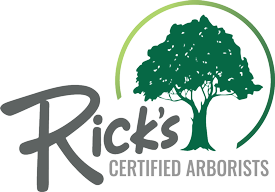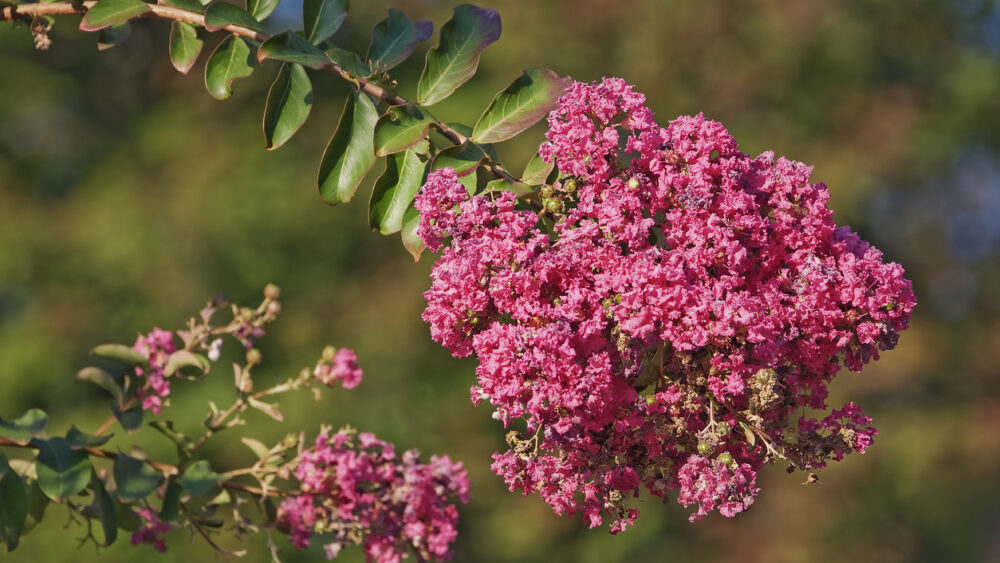Crape Myrtles are versatile, beautiful shrubs or small trees with brightly-colored crepe-like flowers. They are generally very easy to care for with minimal maintenance – and very climate tolerant, too. In fact, they seem to do well year-round in most areas of the U.S., especially those in the south.
Unfortunately, the plant that doesn’t require a lot of attention can end up under attack by crape myrtle aphids. Then, the beauty it so elegantly exhibits becomes hidden behind a black sooty mold.
What are Aphids?
Crape myrtle aphids are translucent green insects that suck the sap in the leaves, leaving behind a sticky mess referred to as honeydew. As they feed on it, they can cause cosmetic damage to the tree while also impacting the health of the plan. Here’s how.
They suck the sap, taking only the nutrients they need and leaving the honeydew on the leaves – and even on surrounding areas such as decks, sidewalks, cars, etc. This honeydew, a sugary material that attracts ants, bees, hornets, etc, then becomes a great food source for molds which then begin to grow on the surface. Black sooty molds can begin to appear and, with heavy aphid infestations, the mold can turn the leaves of the plant completely black.
It is important to note that crape myrtle aphids don’t necessarily kill the tree or have any serious long-term effects, but they can definitely drag its appearance down.
Treatment Plans
When it comes to treating these pesky crape myrtle aphids, there are many DIY options you can find online as well as over-the-counter solutions at your local lawn supply store. However, many of these methods of treatment only help you on the surface. They may appear as though they are solving the aphid problem, but they usually do not last. DIY treatments may also be harmful to pollinator insects/honey bees depending on timing when used, another reason why hiring a professional is important.
If you are looking for a treatment that can get rid of the aphids and help your crape myrtle return to its beautiful color and sense of vigor, then you are going to need to seek professional treatments from an arborist. Most commonly, soil and Foliar Sprays.
Soil injections allow effective treatments to be applied near the roots so that it makes its way up into the trunk. These injections are spread evenly around the tree so that the pesticide treatment is thorough and effective. For those with pets and young kids, this method of getting rid of aphids is much safer than spraying the pesticide.
Systemic Bark Sprays and Foliar Sprays are another professional treatment method that get rid of crape myrtle aphids. This is, perhaps, one of the fastest and effective ways of dealing with the pests.
Prevention for Crape Myrtle Aphids
Preventing Crape Myrtle aphids from ever appearing on your tree is ideal.
Avoid over-fertilizing your plant as aphids seem to be attracted to the excessive nitrogen that comes along with doing so. Further, working with a professional arborist and proactively treating your crape myrtle can prevent the aphids from appearing in the first place.
There are pests that are predators who can keep the aphids at bay. By using the wrong pesticides, you could be killing the predators and allowing the aphid’s population to explode. Rather than try to take things into your own hands, consult someone who can help you find the delicate balance and keep your crape myrtles looking fantastic all throughout the year.
To learn more about the treatment and prevention of crape myrtle aphids, contact Rick’s Certified Arborists today at 610-840-2655.


Comments are closed.